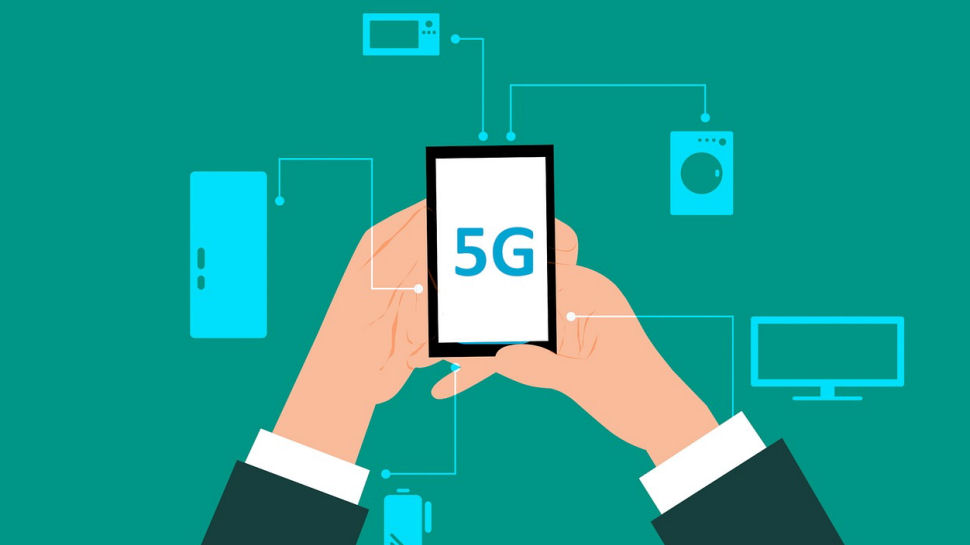5G-Advanced will push the boundaries of 5G technology
Pushing the boundaries of 5G technology

The speed and depth of 5G adoption have surpassed all expectations. Less than two years since standardization was finalized, 5G already covers half of all countries, serving almost a third of the world’s population. With two billion connections forecast by 2025, and one billion connections expected by the end of the year, 5G is on track to become the most rapidly adopted mobile technology in history.
Barbara Pareglio is the Executive Director for Advanced Air Mobility and IoT Technical Director at the GSMA.
As you would expect, the technology is rolled out in distinct phases. 5G-Advanced, part of the 3GPP Release 18 planned for 2024, will be the latest milestone in the 5G Era.
5G-Advanced introduces a new wave of wireless technology innovations, designed to strengthen the foundations of the 5G system. 5G-Advanced will continue to enhance three existing pillars of 5G, including IoT, eMBB and URLLC by improving speed, coverage, mobility and power efficiency as well as providing new capabilities that carve opportunities in new markets.
These innovations cater for the demands of emerging services such as video outside broadcasting or eSports. Additionally, they enable entirely new capabilities to deliver cost effective capacity to huge IoT deployments and enterprise segments, improving performance and location precision.
These developments are pushing the boundaries of 5G technology in three core directions: performance, management and efficiency as well as use cases.
1. Enhancing the performance of 5G
As people’s lives and industrial production continue to “go digital” in every sense, we generate exponential amounts of data to distribute over 5G networks. To keep one step ahead of this growing demand, 5G-Advanced offers operators and users a wide range of important performance enhancements.
Through enhanced 5G massive MIMO performance, users can see improved throughput, coverage, power consumption, reliability, and support for more device antennas.
Are you a pro? Subscribe to our newsletter
Sign up to the TechRadar Pro newsletter to get all the top news, opinion, features and guidance your business needs to succeed!
Uplink performances are also benefitting by being able to use a great number of spectrum bands and by overcoming the limitation of simultaneous uplink transmission. In combination with the enhancement with massive MIMO, uplink capacity is increasing and further supporting applications such as smart transportation or entertainment.
Enhanced scheduling through single downlink control information (DCI) for multi-carrier operations will minimize control channel overheads. The improved service perception for mobile devices operating in sub-7 GHz and mmWave bands from 5G-Advanced will support lower handover latency and create more seamless carrier aggregation and dual connectivity operations.
5G-Advanced will also support sub-decimeter positioning accuracy, empowering innovations in time-sensitive communication to support industrial automation, machine-to-machine communication and smart grids.
2. Improving the management and efficiency of 5G
Through these performance enhancements, 5G-Advanced will enable improved management and deliver greater efficiency for 5G systems.
5G-Advanced will provide enhanced sustainability and efficiency by using AI/ML data-driven designs to optimize network energy saving and improve user experience and network operations. At the same time, the security and privacy features of 5G-Advanced, built on 5G’s already rigorous requirements, will extend to cover various new features, including AI, ML and network automation. 5G-Advanced will also allow 5G systems to run with next to no human intervention, by providing self-organizing network technology, management data analytics, intent-driven management and closed loop service level specification (SLS) assurance.
Service-based management architecture (SBMA) that includes network slicing will give enhanced flexibility to the operations and maintenance functions of 5G-Advanced. In Rel-18 (the next release), we can expect greater enhancement of SBMA and network slicing, such as enhancements to provisioning rules, management capability exposure and intent-driven management.
3. Empowering 5G use cases
Finally, 5G-Advanced will improve high-speed connectivity use cases and ensure the user experience is not affected by the velocity at which people are travelling.
The technology will evolve to provide an exciting new range of smart connectivity solutions, bolstering use cases with a focus on uplink communication, smart transportation, smart city applications, and entertainment services. Mobile use cases in automotive and public transport, including high-speed trains and inflight connectivity using air-to-ground networks, will benefit significantly.
5G-Advanced will also efficiently support highly immersive and interactive applications, such as virtual reality (VR), augmented reality (AR) and extended reality (XR), which we can expect to be increasingly widely deployed in the entertainment, training and education sectors. At the same time, 5G-Advanced will strengthen support for, low power devices, such as industrial wireless sensors, smart watches and smart eyewear, together with bandwidths below 5 MHz; and support drones, as well as non-terrestrial networks (such as those provided by satellites) enabling full and seamless interworking with terrestrial networks.
In summary, 5G-Advanced heralds a new era in wireless connectivity, by both enhancing existing commercial 5G networks and opening a range of new B2B business models. It will serve a wide variety of industries with varying ecosystems, needs and regulatory environments. We will see operators quickly taking advantage of 5G-Advanced to help improve their service offering, and better utilize spectrum and network assets while minimizing the energy consumption required to deliver communication services, with an ever-increasing demand for data volume and global connections.
Over time, we can expect the technology to develop to support integrated sensing and communication, ambient IoT, tactile and multi-modality communication services, mobile Metaverse services and networks of service robots with ambient intelligence.
Given the great promise we see in this technology, the GSMA is encouraging and facilitating cross-industry collaboration to fully explore emerging use cases for the varied capabilities offered by 5G-Advanced.
Barbara Pareglio is the Executive Director for Advanced Air Mobility and IoT Technical Director at the GSMA and has over 20 years of experience in the mobile industry.